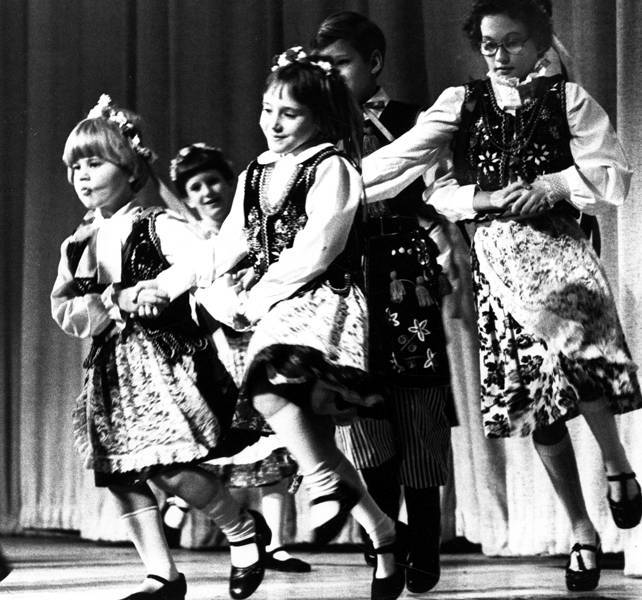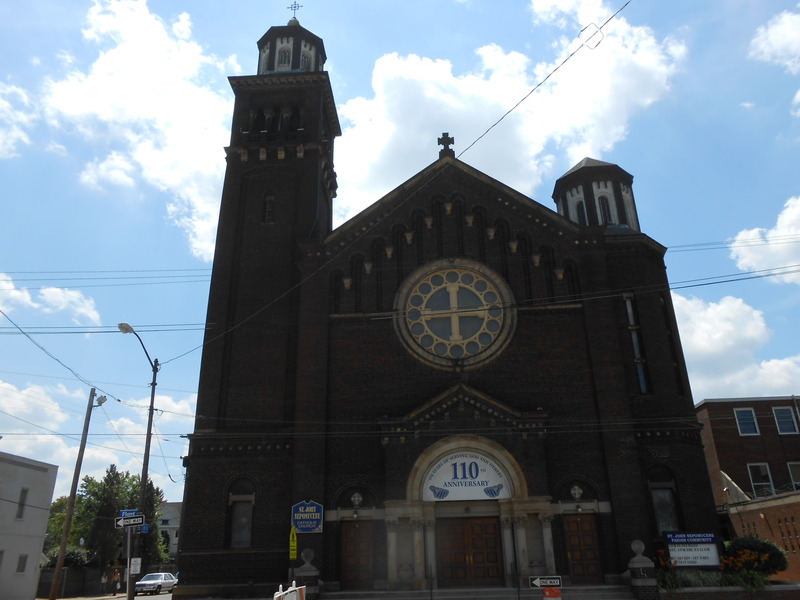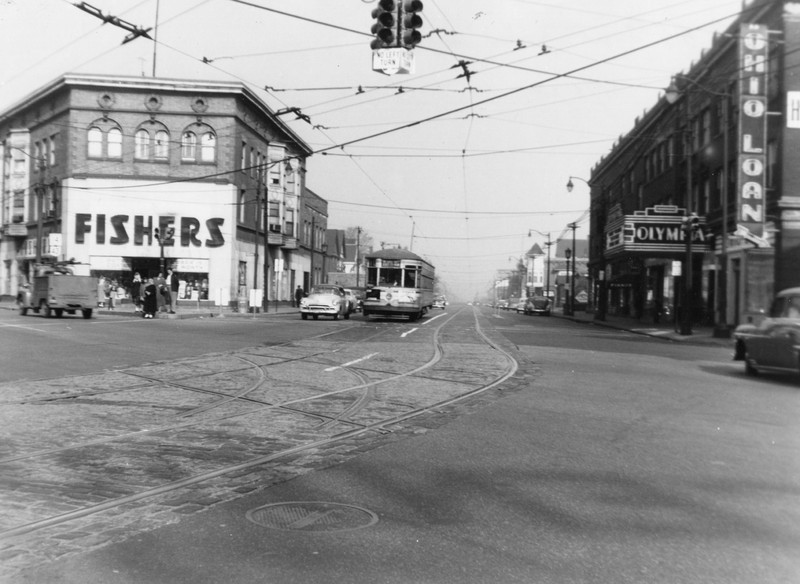
The area around Broadway Avenue and East 55th Street was originally developed by Irish and Welsh immigrants, but in the 1880s large groups of Polish, Czech, and Slovak newcomers moved into the area for work in the Cleveland mills and steel yards. With this ethnic shift, the area took on a Slavic identity that has remained to this day.
The Broadway-55th district had a number of businesses and institutions that paid homage to the roots of its inhabitants. One of the earliest Slavic establishments of the area was Our Lady of Lourdes Church, showing the central role that religion played in the lives of settlers. Established in 1883 by Rev. Stephen Furdek, the current church was built in 1902. The church functioned as more than a religious center; it also provided a safe haven for incoming immigrants and a social hub with events to bolster community relations. For decades, Our Lady of Lourdes was the largest Bohemian parish in Cleveland and remains an integral part of the neighborhood.
The First Catholic Slovak Union was created by Stephen Furdek in 1890 to provide insurance and benefits to immigrant Slovaks living in America. As the organization grew it became obvious that larger offices were necessary. In 1919, the FCSU purchased a large house in Slavic Village at 3289 East 55th Street where it continued to serve the Slavic community for decades.
A few years later, Broadway Savings and Trust opened. Owned by Oliver Mead Stafford and Caesar A. Grasselli, it primarily served the financial needs of the Polish settlers and became a mainstay of the area. In the mid-1900s, the business was sold and the building became Fisher’s Dry Goods, catering to the needs of the neighborhood and selling products needed to make traditional Polish meals. While the building changed hands again in 1958, it maintained its Slavic roots. Yaros Podzimek, who emigrated from Czechoslovakia in 1950, opened Hubcap Heaven in the historic building, and the business still operates there today.
The area of Broadway and East 55th was also a central location of ethnic entertainment. In 1913, the Olympia Theater opened as a vaudeville house and in 1918 was renovated to operate as a movie theater. In addition to the movies shown, the theater was home to a number of performances by the Polish Opera, Polka performances, and local bands. Also in the area was Bundy’s Music Center. In addition to hosting performances by a number of polka performers and opera singers, the center was where Chester Bundy, who recorded polka music for Bravo, Dart, and Columbia Records in the 1950s, began his career. A block away was the Hruby Conservatory of Music, which operated from 1918 to 1968. Today it is the Broadway School of Music & Art.
More important than the businesses of the Slavic Village neighborhood is the sense of community and deep connection to traditions. Beginning in 1978, the area started an annual Broadway Fair and Street Sale. Businesses would have sidewalk sales, live music, and plenty of ethnic food such as kielbasa and Hungarian horns. Around the same time the area began hosting an annual Harvest Festival, the majority of which took place on Fleet Avenue but was celebrated throughout the entire area. There is an annual Polish Constitution Day Parade, a celebration of the 1791 creation of the Polish Constitution.
Over the decades, many changes have been made to the Broadway and East 55th neighborhood; businesses have come and gone, the population has declined with suburban migration, and other ethnicities have moved into the area. Despite these changes, Slavic pride and traditions have remained strong and show no sign of disappearing.
Images






